
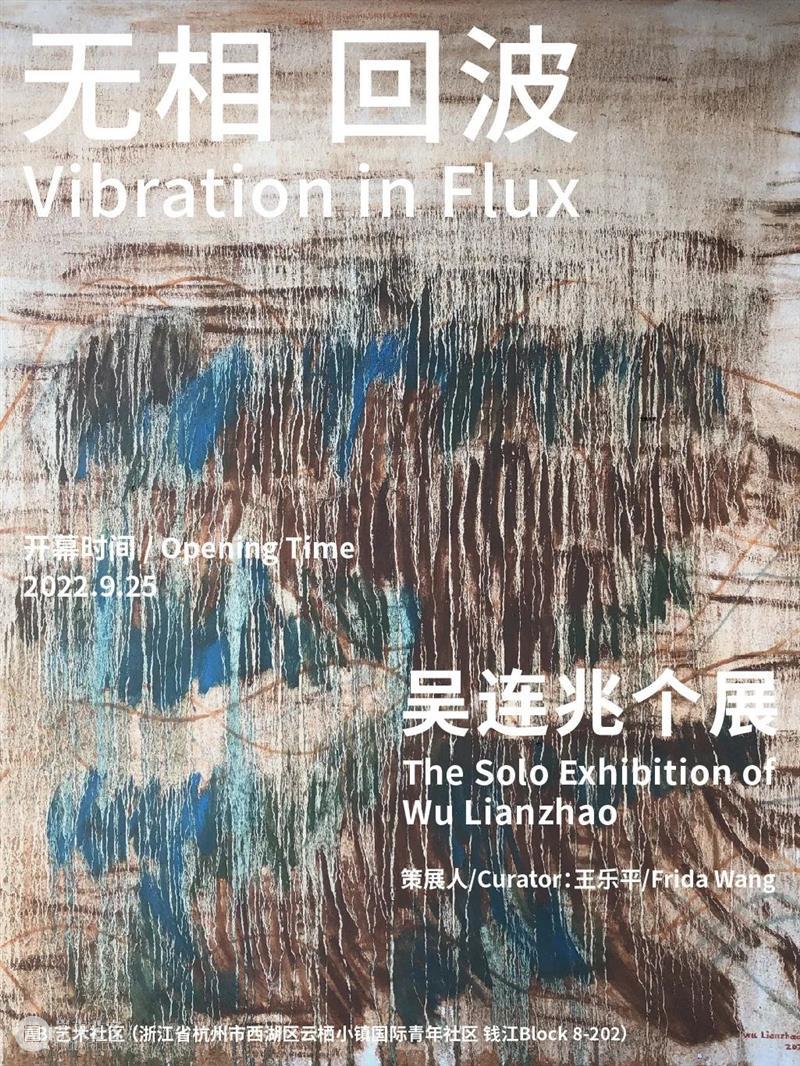
无相 回波
Vibration in flux
“相”,作为佛教术语,源自古印度哲学,意指由心识观察描写出来表现于外的各种特征。描述社会生活中所发生的“现象”,是为事物在发展变化中所表现出来的外部形态,与“相”的辨识路径有所不同。每一个具有主体性的“我”与ta者交汇时,会将产生两个主体间的相遇、碰撞与融合,两者之间的界限也由此映照而来。界限是现象显化时所具有的必要形态。当我们持续的与ta者进行关系的流通时,界限也在同步进行着波动。每一次,我们都会发现自我与ta者之间的不同之处,并试图调和两者之间的沟壑。但通过观察现象所得出的调和结果,只是两者之间的界限变化,界限的新旧之间虽然不存在确实的差异却无法消除它。界限的确立肯定了自我的主体性并且赋予了关系中双方自我价值感。事实上,我们与ta者的关系交流的过程中,每一次都触及了彼此的心识领域,而不只是现象上的分别。正因如此,每一次我们的主体都在与ta者进行着交换,并且使得ta者变得和我们当初辨识ta的时候已经完全不同。
未命名 (一组三幅)
布面油画综合技法, 2020, 145 * 190 cm * 3
过去界限的战场主要是由意识形态为导向所引起的权力意志之争,如宗教、种族和阶级等暗含高度集中的意识形态在内的身份认同。在尼采把权力意志完全归还于身体后,在这一视角下,意识形态之争演变为身体领域之争,如亲密关系、劳动力、领土这都与身体空间的度量单位有关。于宏观俯瞰界限的版图,界限在不同形态的斗争中,于不同单位的制度之中占据绝对主导位置者所制定的,而界限的另一侧除了描绘与加固边界的坚固形象好似也无计可施。但当我们细看下去,将单位细分于个体与外界的细微关系中,界限作为伴生于现象的隐匿形态并不会不请自来,以明确清晰的线条横截在我们与ta者之间。
当我们升起想要连接、抵触、批判、认同ta者等思维判断时,界限作为一种内在心理体验随之震荡,波动而来。内心的体验不在外相,关键在于你赋予一种特定的心理体验多少心理投射,也即为一个定向上的内在张力输送了多少动力。波动本身此消彼长,想要降低引发内在冲突的波动,即可以不在消极的定点上再做无意识的苦工,而助长引发内在延展的震动。对抗封闭招致紧缩的张力,包容开放则召唤伸展的张力,虽然无一恒定,但至少个体在有限无界的时间中,后者是可以趋向,或者力所能及的。
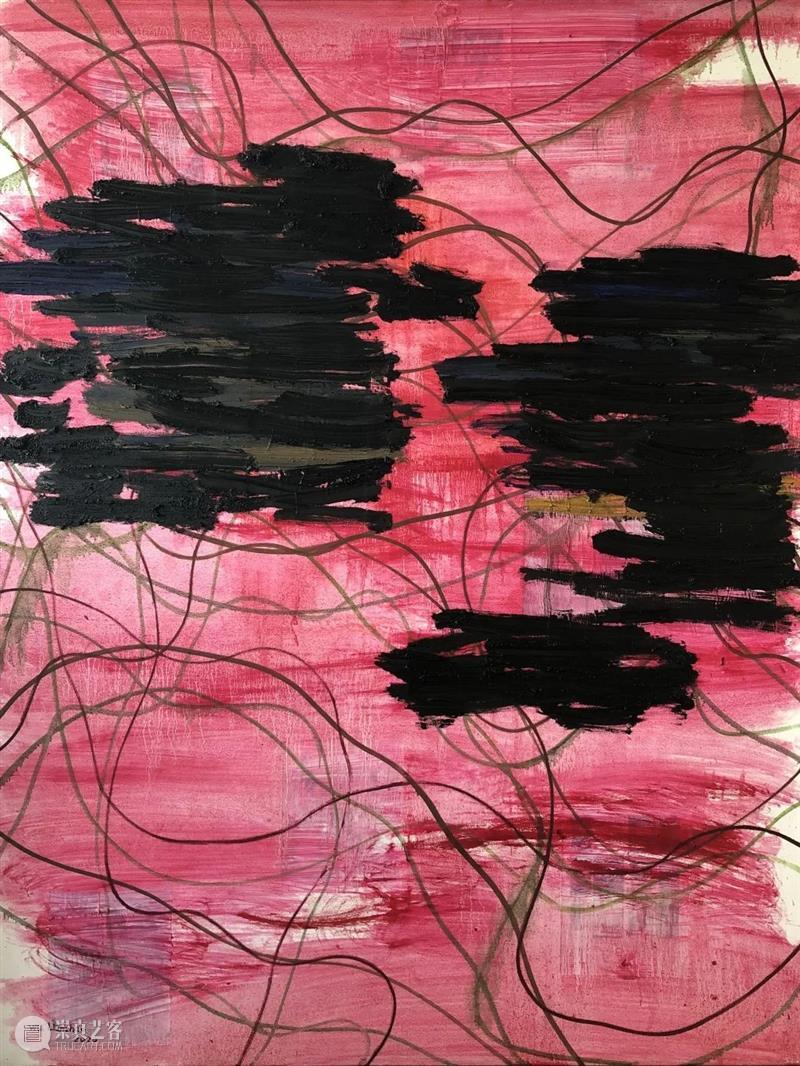
边界·你对生活的感受
2020,布面油画综合材料,145x190cm
本次展览将展出吴连兆近两年创作的绘画作品,作品的主题延续他一直以来所探索的边界问题。从地缘边界的遗留物、地图板块,再至通过涂鸦打通不同空间之间的通道,到如今他更多的把目光转向个体在面对不同社会关系时所产生的动态边界。边界的产生对具体的人产生了怎样的影响,于此同时这也将触动个体对ta者、生活以及世界产生新的理解。只观察边界产生的现象,而不谈消除边界的对治之法,好像在做没有解的题。但个体开始以动态边界审查自身与ta人的关系位置,已经在经由关照自身而波涉了另一方的生命体,正如边界的产生本由两方互为映照而来。
————王乐平
"Lakṣana" as a Buddhist term, originated from ancient Indian philosophy, which means various external features described by conscious observation. Describing the "phenomenon" in social life is the external form of things in the development and change, which is different from the identification path of "Lakṣana". When each subjective "I" meets with others, there will be an encounter, collision and integration between the two subjects, and the boundary between them will be reflected from this. It is a necessary form when boundary phenomenon is manifested. When we keep in touch and communicate with others, the boundaries fluctuate synchronously. Every time, we will find the differences between ourselves and others and try to reconcile the conflicts between them. However, the reconciliation result obtained by observing the phenomenon is only the change of the boundary between the two. Although there is no real difference between the old and the new boundary, it cannot be eliminated. The establishment of boundaries affirms the subjectivity of self and gives both parties in the relationship a sense of self-worth. In fact, in the process of communication between us and others, we touch each other's inner areas every time, not just the differences in phenomena. Because of this, every time our subject exchanges with others, and makes others completely different from when we first identified this person.
In the past, the battlefield of boundaries was mainly the struggle for power and will caused by ideology, such as the identity of religion, race and class, which implied highly concentrated ideology. After Nietzsche put forward that the will to power belongs entirely to the body, from this perspective, the ideological disputes evolved into disputes in the field of body, such as intimacy, labor force, territory, etc., all of which are related to the measurement unit of body space. From a macro point of view, boundaries are established by those who occupy an absolute dominant position in different forms of struggle and systems of different units, and the other side of boundaries seems to have nothing to do except to depict and reinforce the firm image of boundaries. However, when we explore carefully, we will find that dividing the unit into the subtle relationship between the individual and the outside world, boundaries, as hidden forms accompanying phenomena, will not appear for no reason, but will cross between us and others with clear lines. When we have thinking judgments such as wanting to connect, contradict, criticize and identify with others, boundaries, as an internal psychological experience, will also come into being and fluctuate. The inner experience is not reflected externally, but the key lies in how much psychological projection you give to a specific psychological experience, that is, how much power a directional inner tension delivers.
Fluctuations themselves change, and if we want to reduce the fluctuations that cause internal conflicts, we can stop doing unconscious drudgery at negative fixed points and encourage the vibration that causes internal extension. Confrontation leads to the tension of contraction, while tolerance and openness call for the tension of extension. Although none of them is constant, at least the latter can be inclined or within one's power in a limited and unbounded time.
This exhibition presents the paintings created by Wu Lianzhao in the past two years. The theme of the works continues his ongoing exploration of boundary issues. From the remnants of geographical boundaries, map plates, to the passage between different spaces through graffiti, now he is more focused on the dynamic boundaries created by individuals when facing different social relationships. How does the creation of boundaries affect specific people, and at the same time, it will trigger the individual to have a new understanding of the person, life and the world. To only observe the phenomena produced by the boundary, without talking about the countermeasures to eliminate the boundary, seems to be doing an unsolved problem. However, when an individual begins to examine his/her position in relation to his/her partner with a dynamic boundary, he/she has already touched the other's life by caring for himself/herself. The generation of the boundary itself comes from the mutual reflection of the two sides.
————Frida Wang
/
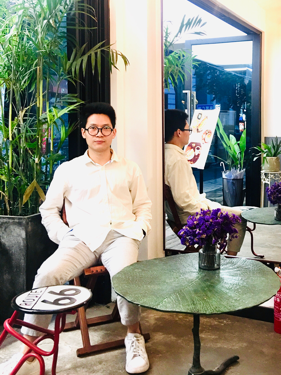
吴连兆
生于广东茂名, 毕业于浙江师范大学
现工作生活于杭州,职业艺术家。
「 部分展览」
个展:
2018,水墨的欲望。杭州、和平会展中心,浙江。
2021,边界拾遗。昆明,空空间,云南。
群展:
2021,广州国际公共艺术博览会。广州,中国。
2021,大艺博,武汉,中国。
2020,大艺博,武汉,中国。
2020,0距离艺术展,伦敦,英国。
2019,大艺博,广州,中国。
2019,无象·无界,青年艺术家邀请展,上海,中国。
2019,大艺博。上海展览中心,中国。
2018,北京青年美术双年展,北京,中国。
2018,2018猎质国际当代艺术双年展,格式化零点——再线/在线,目击者当代艺术空间,重庆,中国。
2018,恒汇国际当代艺术展,上海,中国。
2018,“水墨马头、意趣沧桑”——当代水墨艺术作品展,宁波,浙江,中国。
2018,2018猎质国际当代艺术双年展。N29°~E106°——集合体,华人当代美术馆,重庆,中国。
2018,水墨无极——艺术西湖•国际水墨博览会,和平国际会展中心,杭州,浙江,中国。
2018,庆祝改革开放40周年“盛世钱塘.美好家园”杭州市油画作品展,杭州画院。
2018,艺术新锐计划作品展,壹品艺术空间,杭州,中国。
2018,大艺博——大学生艺术博览会,广州,中国。
2017,浙水千秋•最美杭州——秀水千岛湖油画展,千湖岛艺术馆,浙江,中国。
2016,最美是杭州,喜迎G20峰会美术作品展。杭州,浙江,中国。
无相回波
艺术家:吴连兆
策展人:王乐平
学术顾问:宋振熙
展览时间:
2022年9月25日-11月25日
展览地点:ABI SPACE
(杭州市西湖区云栖小镇国际青年社区
钱江BLOOK8-202)
编辑:鄢博
审核:宋振熙
|战略合作伙伴|
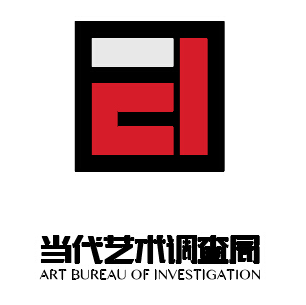
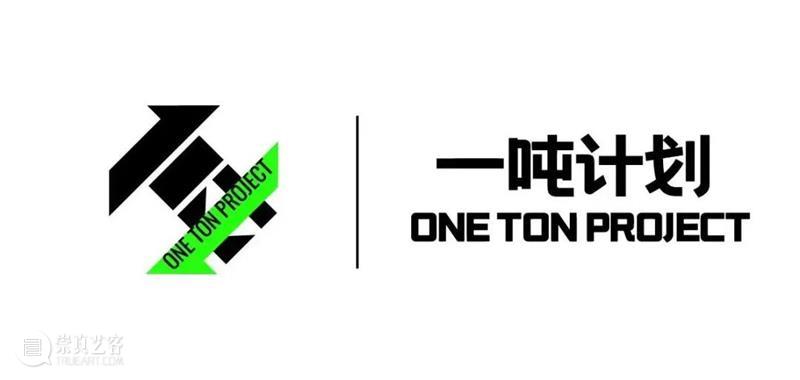
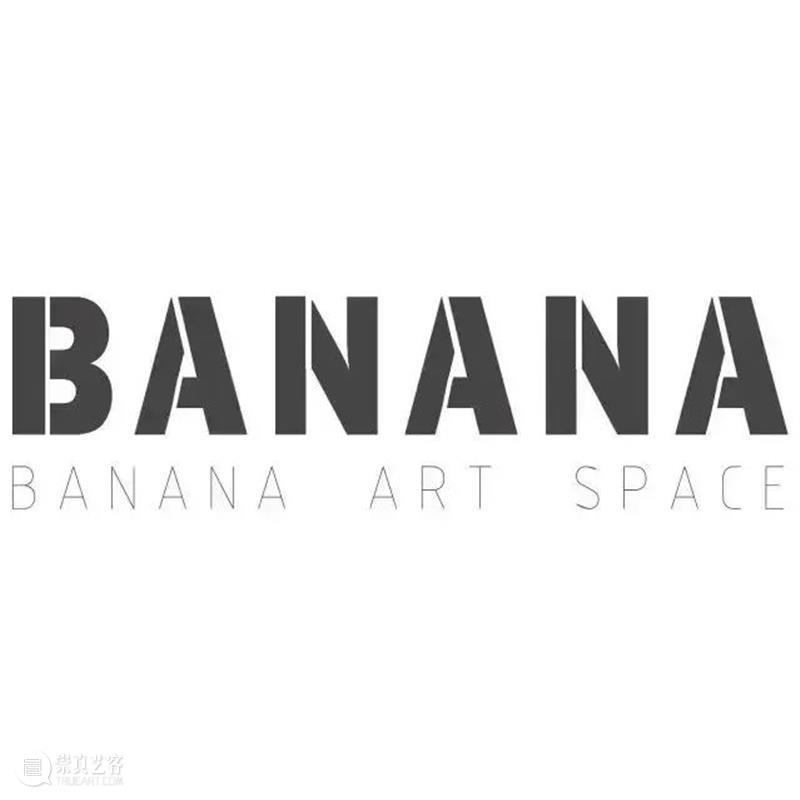
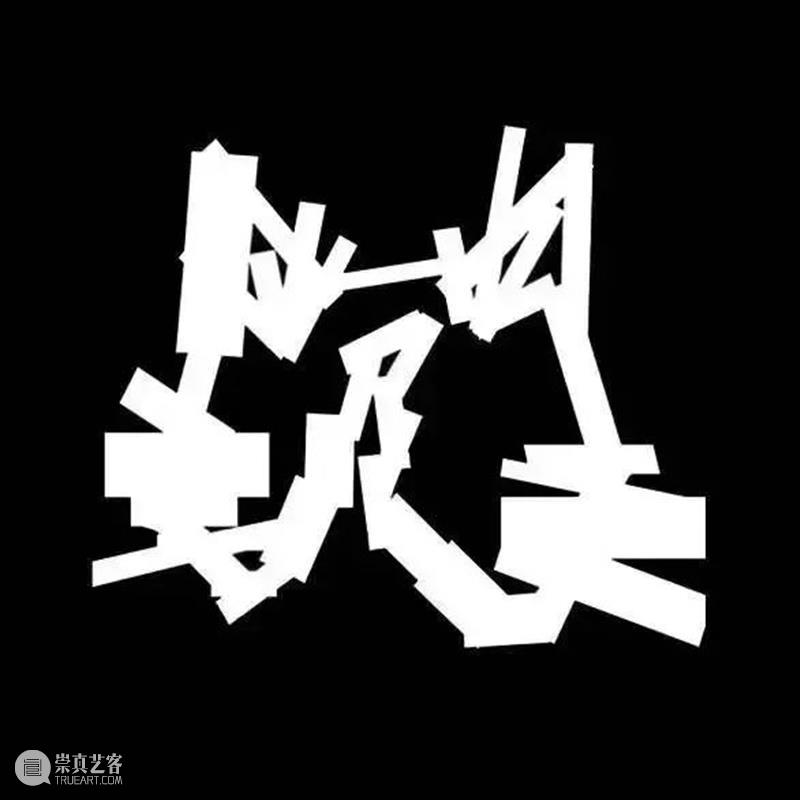
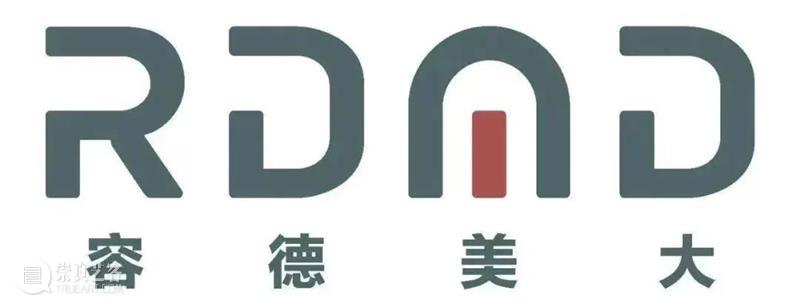

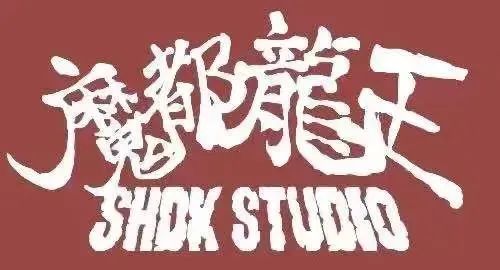
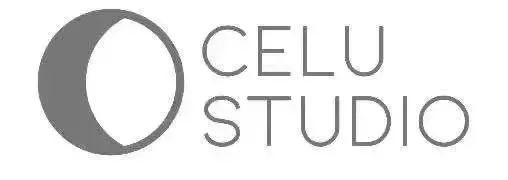
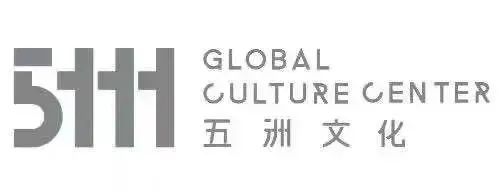


已展示全部
更多功能等你开启...
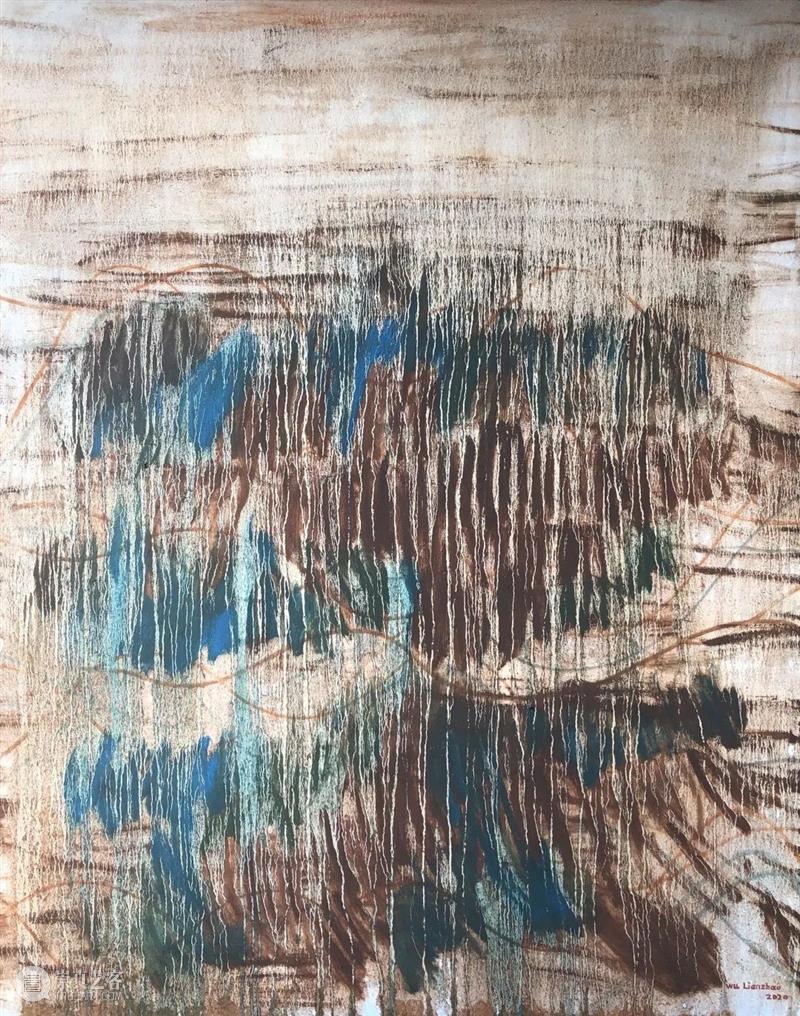
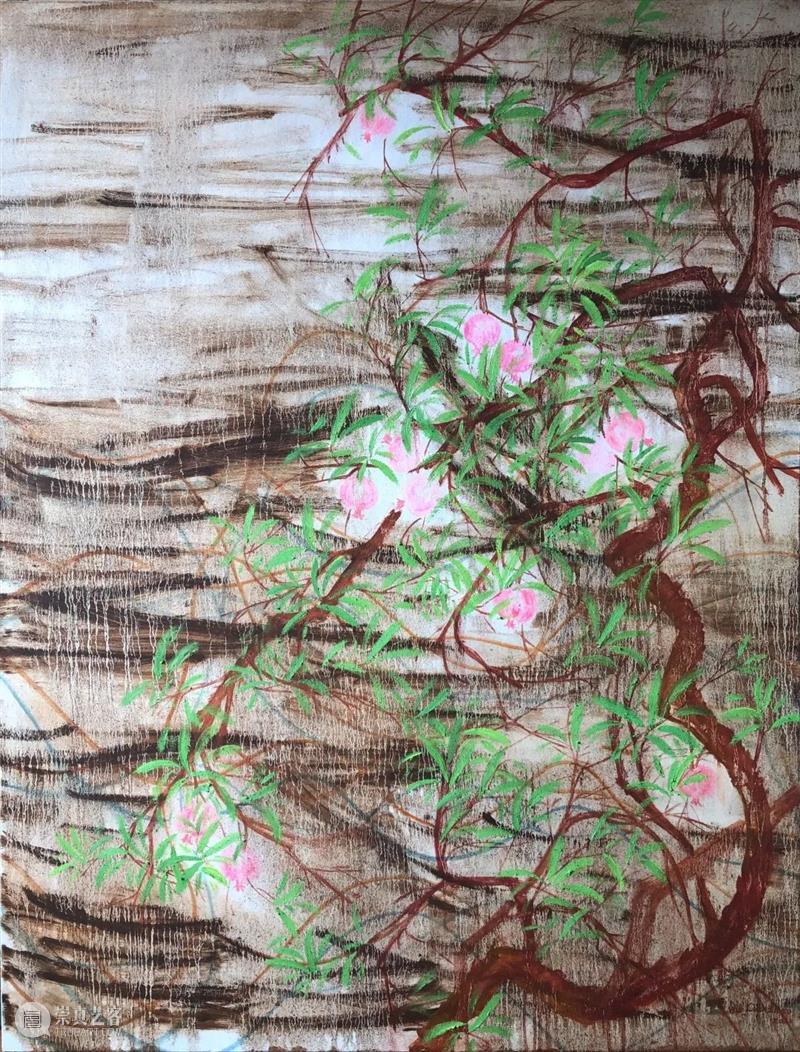
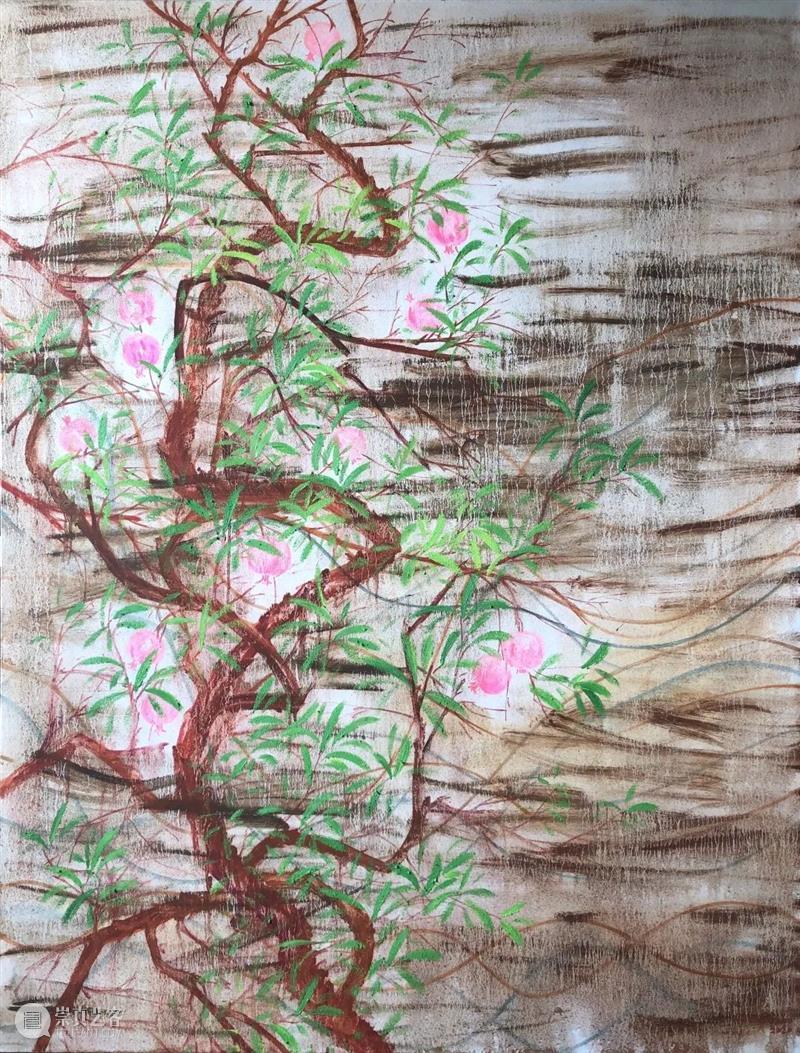



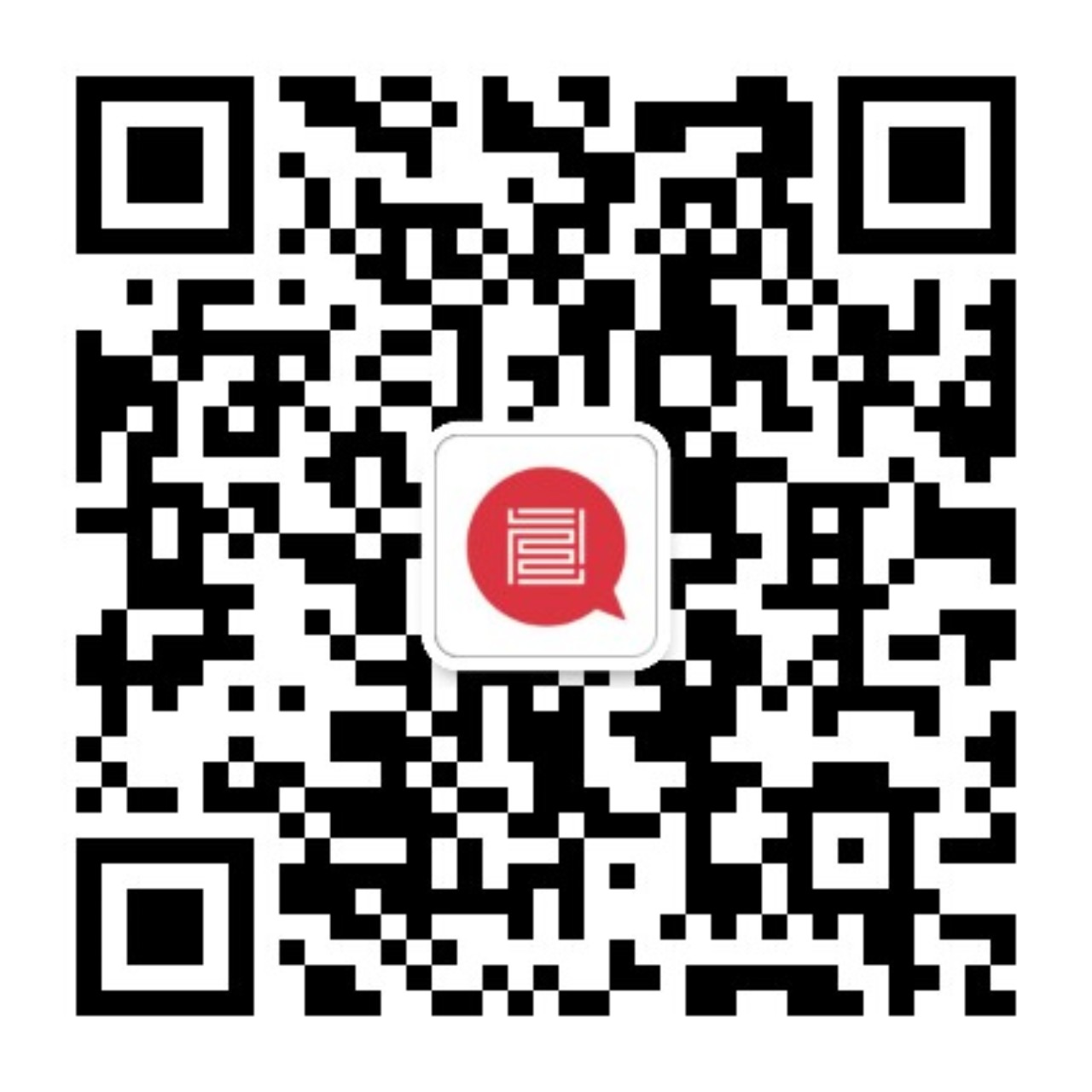

 分享
分享